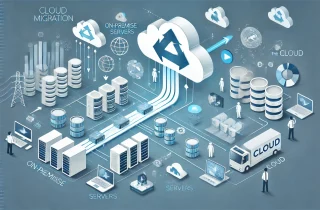-

Case Study
Eliminating, Resolving, Addressing: Rebuilding Risk, Compliance and Operational Clarity
-

Case Study
Ingest Actions
-

Case Study
SIEM Migration Simplified with Cribl and Data Pipelining
-

Case Study
Creating a Website of the Future
-

Case Study
The Importance of Operating your Platform
-

Case Study
SIEM Audit and Optimisation for Critical National Infrastructure Client
-

Case Study
Licence Growth and Role Management in Splunk Environment
-

Case Study
Transforming SIEM Effectiveness for a Growing Financial Business
-

Case Study
Fintech Cloud Migration
See how we can build your digital capability,
call us on +44(0)845 226 3351 or send us an email…
